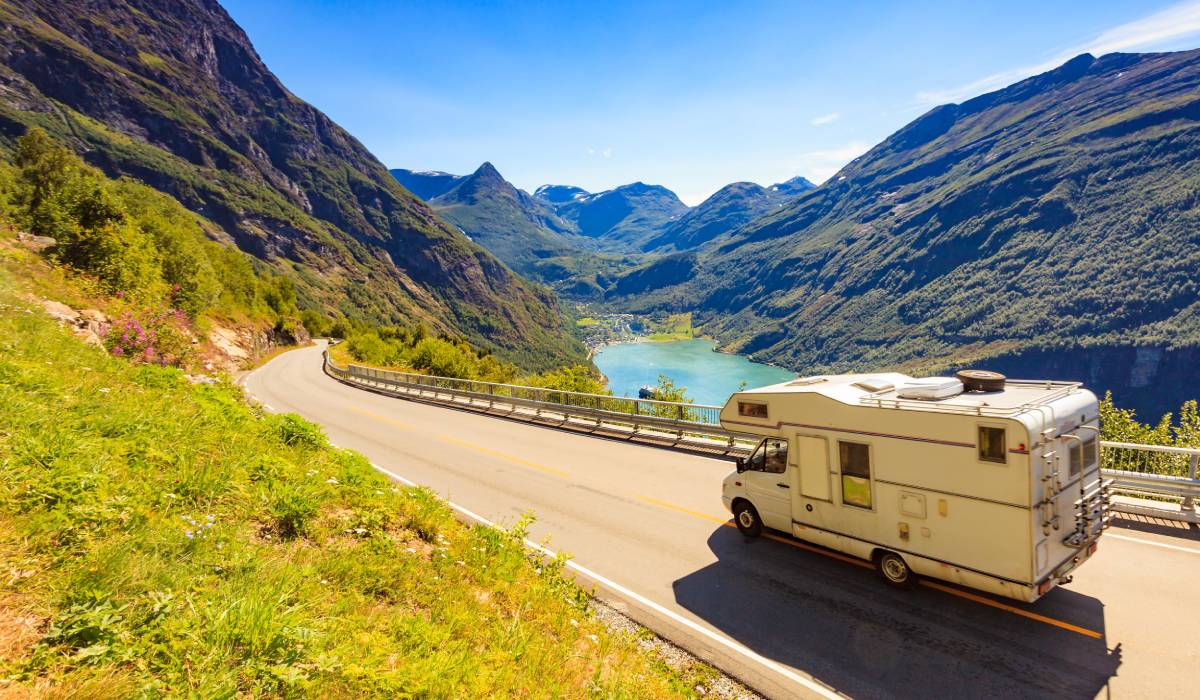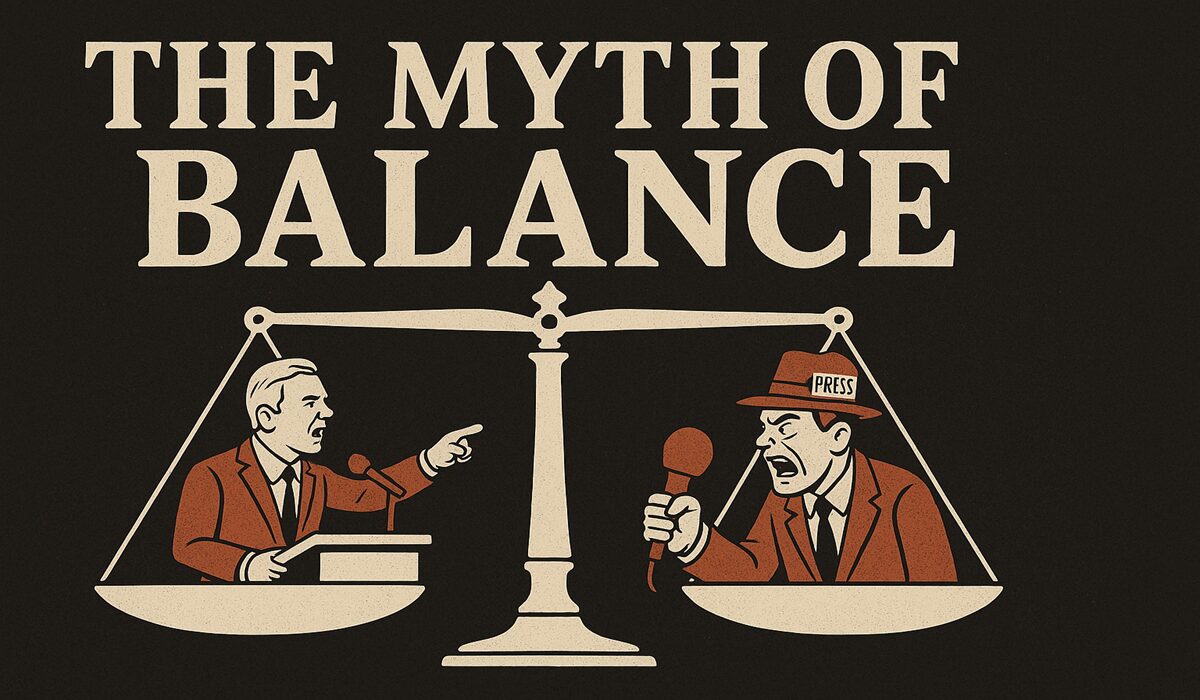A Quick Inspection Checklist for Your RV
- Casey Cartwright
- Travel
- D.O.C Supplements - Trending News
- January 7, 2025

Owning an RV offers unparalleled freedom and adventure but ensuring that your vehicle stays in peak condition is important for safe and enjoyable travel. Regular inspections are essential for catching small issues before they become expensive problems. This article explores a quick yet comprehensive inspection checklist for your RV to keep you on the road and safe along the way.
The exterior of your RV is your first line of defense against the elements, making routine checks vital. Begin your inspection by closely examining the roof for cracks, punctures, or worn-out seals that could lead to leaks. Ensuring the roof is in good condition prevents water damage and extends its lifespan. Next, look for any visible damage to the sides, such as dents, scratches, or peeling paint. These could invite corrosion or compromise the exterior’s integrity over time.
Pay special attention to the tires. Check for uneven wear, bulging, or low tread, and don’t forget to verify the tire pressure. Keeping your tires in prime condition avoids blowouts and ensures a smoother drive. Finally, inspect all exterior lights, including headlights, turn signals, and brake lights, to confirm they’re functioning correctly.
Inside your RV, the primary focus should be on ensuring all systems are working efficiently. Start by inspecting the appliances. Whether it’s a stove, refrigerator, or microwave, make sure everything is operational and clean. Malfunctioning appliances can cause unnecessary trouble during your trip.
Inspect the electrical systems by testing all lights, outlets, and switches inside your RV. Use a multimeter to verify that power is flowing correctly. The plumbing system also deserves attention. Check for leaks under sinks, inspect the condition of pipes and hoses, and run water through faucets and showers to check for proper water pressure. Additionally, make it a habit to flush the water heater and empty the gray and black water tanks regularly to maintain hygiene and functionality.
The undercarriage often goes unnoticed during quick inspections, but it’s where serious issues can hide in an RV. Rust and corrosion are significant concerns, especially for RVs that travel in areas with high humidity or snow. Take a moment to visually inspect the undercarriage for signs of flaking or structural damage.
Lubrication of moving parts, such as suspension joints and axles, is also crucial. Lack of lubrication can lead to wear and tear and reduce the lifespan of these components. While you’re underneath, check for leaks in critical systems, such as fuel and brake lines. Catching issues here will save you from costly repairs and potential safety hazards on the road.
Preventative measures go a long way in keeping your RV running smoothly and efficiently. Regular washing and waxing of the exterior protect it from dirt, debris, and environmental damage. When it comes to the roof, resealing it at least once a year will reduce the chances of leaks and contribute to a long roof life.
Making RV inspections a regular part of your routine provides peace of mind and takes your travel experience to new heights. By catching and addressing issues early, you reduce the chance of costly breakdowns and improve your RV’s longevity.








